Victoria joined the GiGL team in May 2021 as a Data Assistant and is now one of our Community Officers working with our recorders, data providers and students.
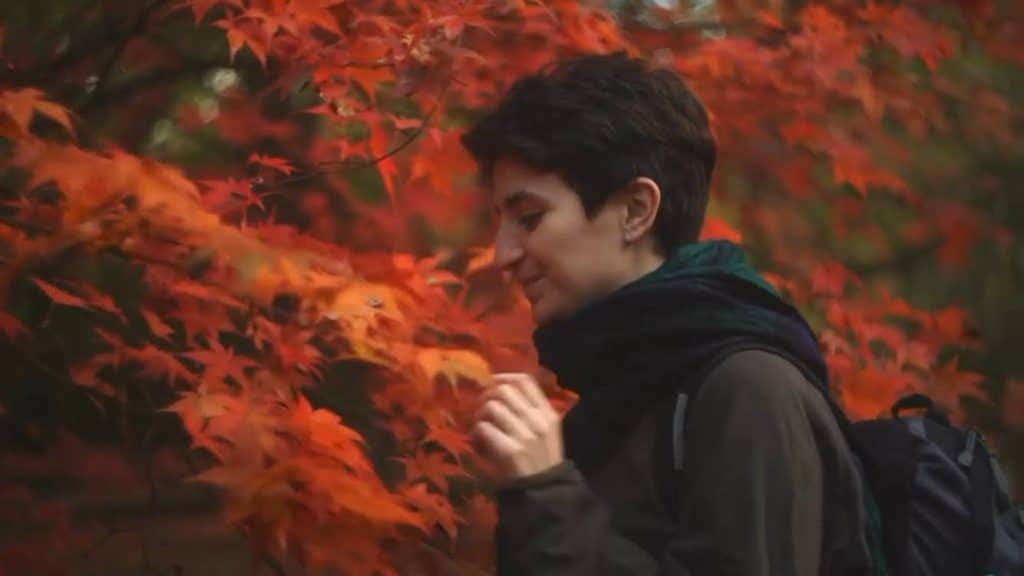
- Town or countryside?
Countryside.
- Summer or winter?
Summer, I’m so glad I can start to feel spring coming on, even if it is only February…
- Early bird or night owl?
Early bird and a bit of a night owl, somewhat caffeine-dependently.
- Outdoor or indoors?
Outdoors.
- Plants or animals?
Plants! And I’ll give fungi a shout out too.
- What species is closest to your heart and why?
They might be every gardeners’ worst nightmare but brambles have brought me a lot of joy over the years – from the triumph after a long battle with vast and entangled roots, to watching bees swarm around the pink and white flowers in summer, knowing that soon after, there’ll be a crop of blackberries to over-use in crumbles.
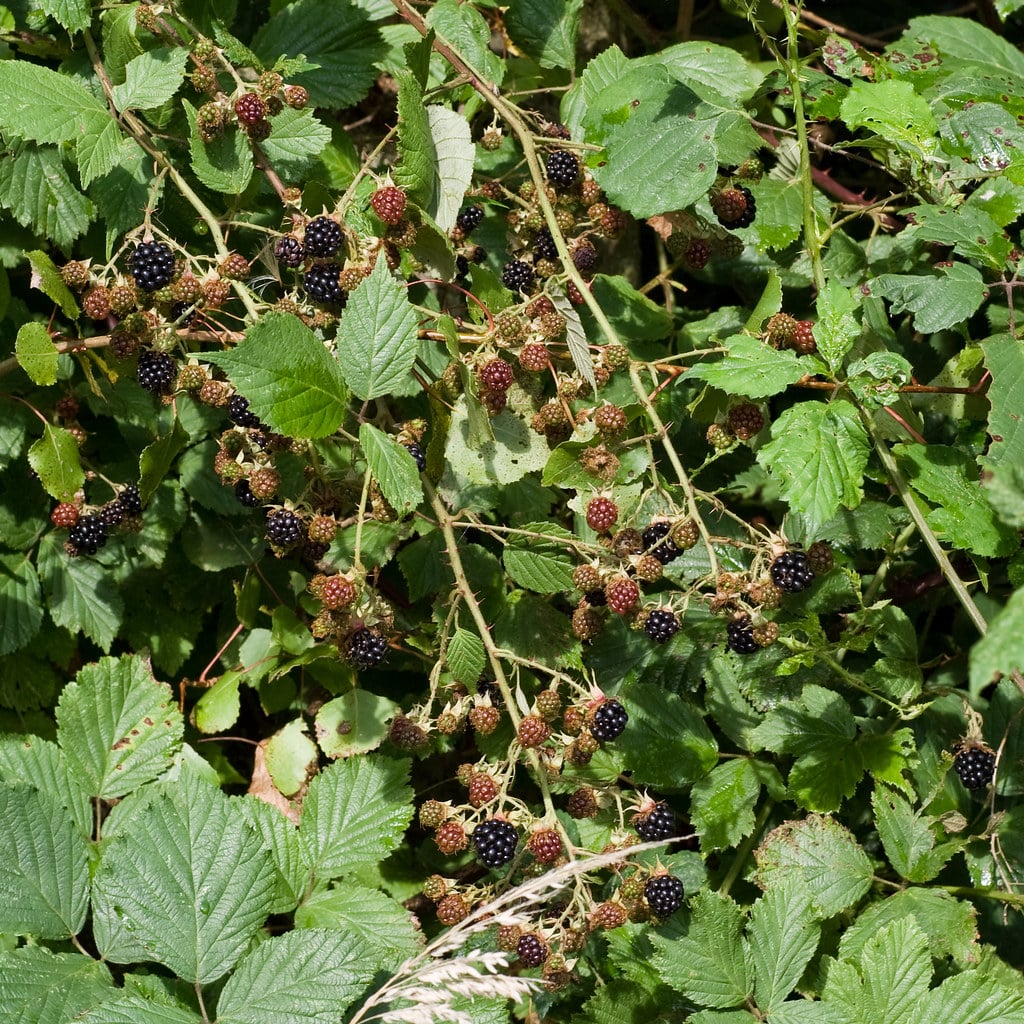
- What is your favourite Greater London open space and why?
It’s a tough choice, but I think Hackney Marshes wins for just how large it is and for the lovely walk you can take up to Walthamstow Wetlands, beginning at the marshes. I spent a beautiful summer’s day there before moving to London from York and it was one of the spots that convinced me that there would be enough green and blue for me down here. Tooting Bec Common and Brockwell Park, as my locals and both with lidos, come a close joint second.
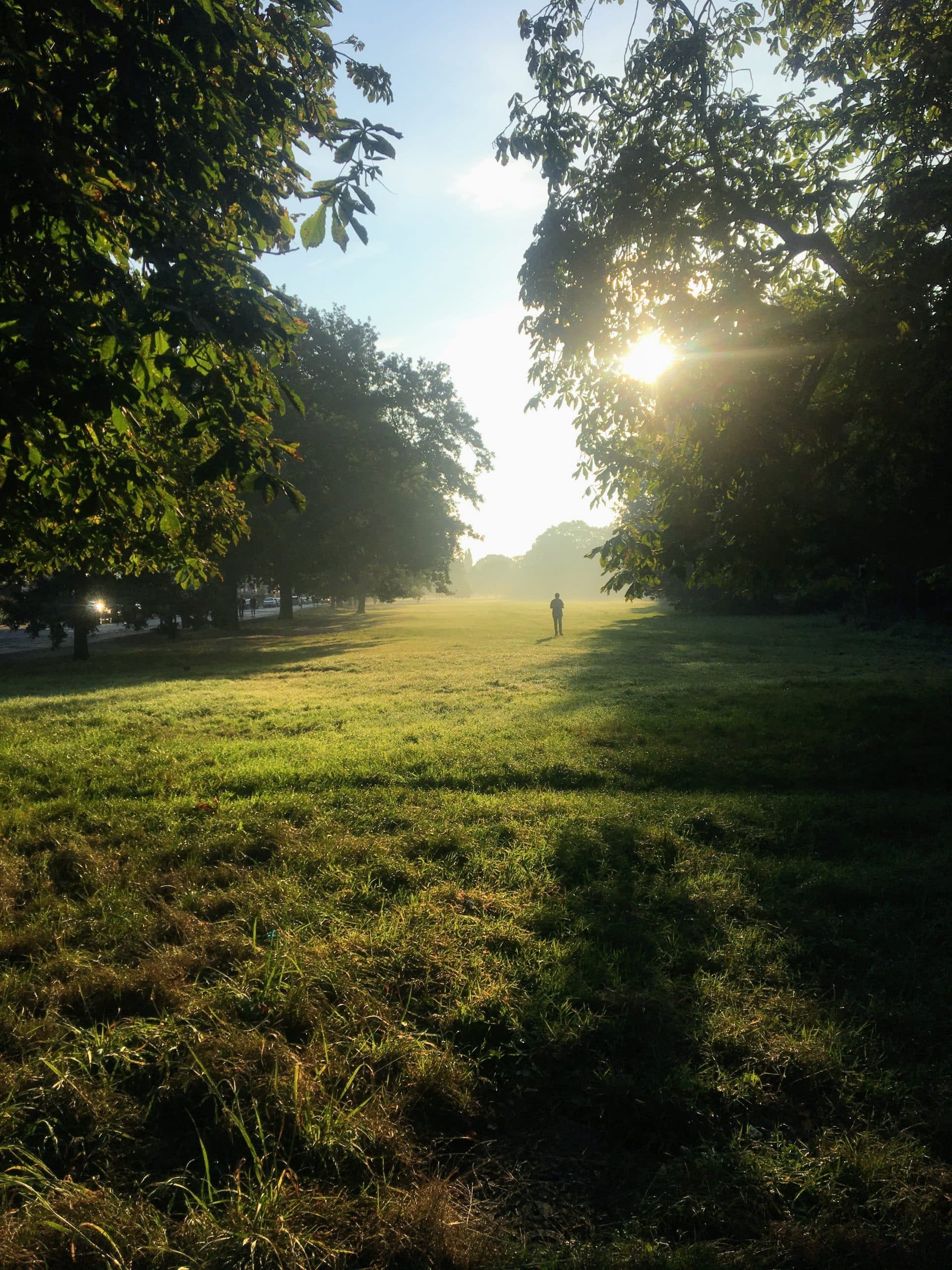
- What has been your most formative experience working with the natural environment? And what did you learn then that you keep with you today?
Volunteering at my local nature reserve, St Nicholas Fields, while completing my A-Levels showed me the close and vital relationship that exists between natural spaces and the people who understand, love and use them. St Nicholas Fields was rewilded to riverside, woodland and grassland habitats in the 1980s after a previous life as a landfill. By the time I started with them, they had a thriving ecological community with a dedicated and knowledgeable group of volunteers to manage and monitor the recreated habitats. Through the staff and volunteers, I first learnt how to identify and support the wildlife and natural processes I saw around me. The experience also helped me to appreciate the importance of land users and managers in restoring and maintaining diverse ecosystems in the UK, even in an urban setting.
All my favourite experiences in the natural environment have been led by very enthusiastic and knowledgeable individuals – whether that be a nature reserve warden, university lecturer or impressive friend!
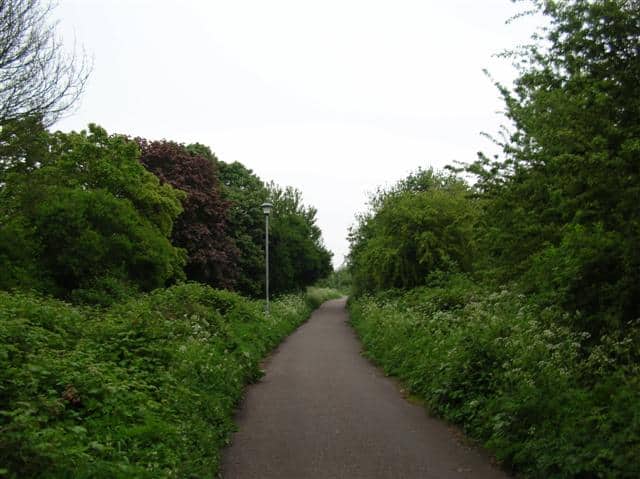
- What is your role at GiGL?
I initially joined GiGL as a Data Assistant in the Community Team, and I helped with Partnership delivery work during the summer of 2021 when staff changes temporarily decreased capacity. I have since become a Community Officer and have taken on more of the team’s responsibilities, including handling student requests and having more contact with our invaluable recording community.
- What is your most enjoyable GiGL task so far?
By virtue of the diversity of datasets and expertise at GiGL, over the last eight months I have had the opportunity to get involved in a range of tasks, all of which have better acquainted me with the wildlife and greenspaces of London. By helping to organize London Recorders Day 2021, I had the chance to get to know the recording community of London and understand the complexities of data flow across the capital. In completing Community, SLA Partner and Student requests, I have had the chance to explore ecological data in regions of London that would otherwise go unknown to me – for example completing summary reports for sites like Whitewebbs Park in Enfield and Parkland Walk in Haringey.
- What made you want to work for a Local Environmental Records Centre?
Studying natural sciences impressed upon me the importance of collecting comprehensive and accurate data over long periods of time to be able to really understand what is happening in our natural world. Patterns and trends can only be drawn out by having access to well-maintained and curated data, an important service LERCs provide around the country. I’m proud to act as a custodian of some of this data on behalf of GiGL and everyone that we work with.
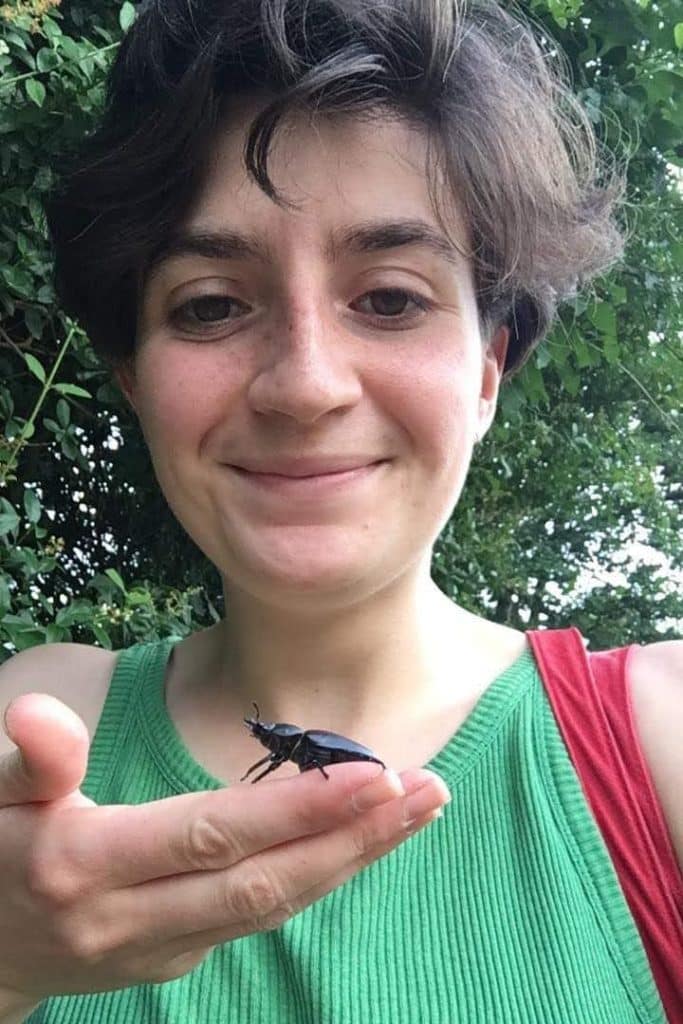
- London has a lot to offer someone looking to learn more about wildlife and open spaces. What one thing would you advise people to explore?
I recommend exploring the Grand Union Canal and the other waterways of London. My partner lives on a houseboat and it’s been a great opportunity to explore blue spaces in London, many of which are bordered by large green and open spaces, such as the lovely Horsenden Hill and the strange Northala Fields. The canals are also great places to spot cormorants, herons and both of the stag beetles I have been lucky enough to encounter since moving to London.
Our next adventure will take us further north along the Grand Union, through the Colne Valley and beyond!
